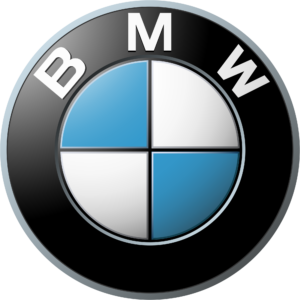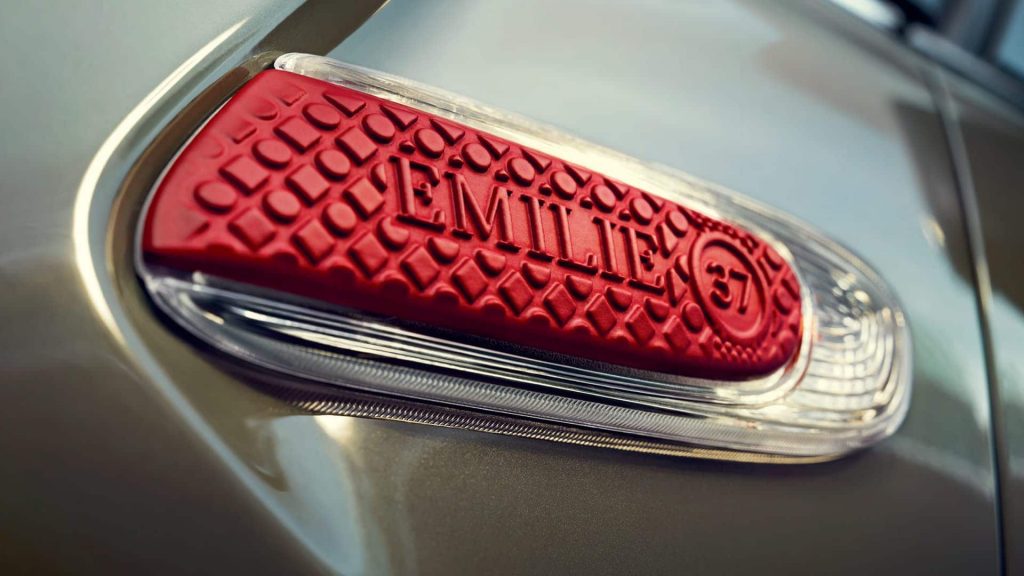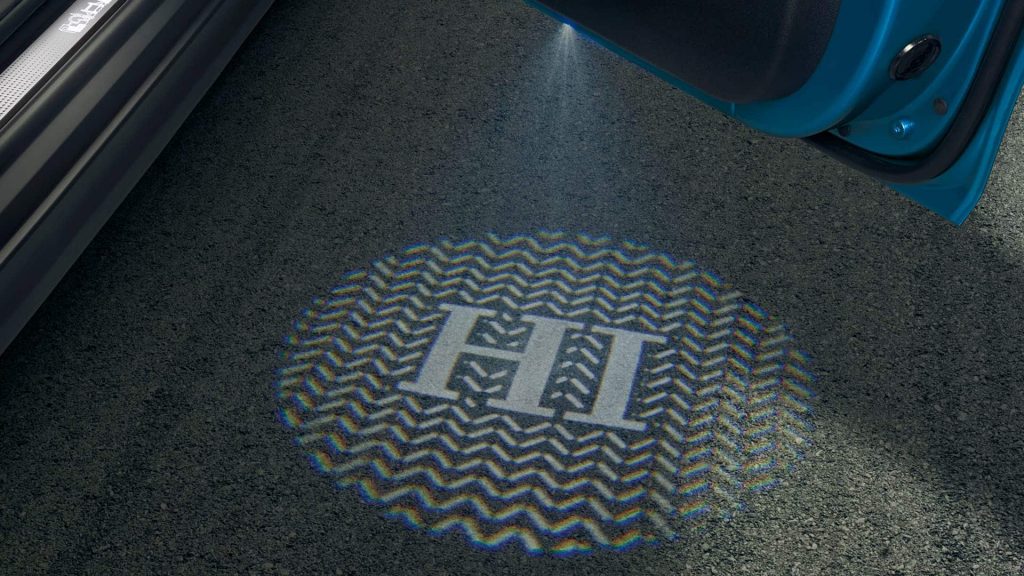Ford opens Advanced Manufacturing Center and 3D prints Ford Shelby Mustang GT500 parts
BMW Surpasses One Million 3D Printed Automotive Components
BMW Group has been using 3D printing for more than 25 years, and in the last decade has produced a million parts using the technology. This year alone, the company expects that it will 3D print more than 200,000 components, a 42 percent increase over last year. And BMW Group is just getting started. The company is aggressively pursuing additive manufacturing, intent on staying ahead in an automotive industry that is rapidly embracing the technology.
“The use of components made by additive manufacturing in series production of vehicles is increasing particularly strongly at the moment,” said Dr. Jens Ertel, Director of the BMW Group Additive Manufacturing Center. “We are following the development and application of advanced these manufacturing methods very closely indeed, partly through longstanding cooperations with leading manufacturers in the field. At the same time, we are engaging in targeted technology scouting and evaluating innovative production systems.”
BMW Group’s millionth 3D printed component came recently in the form of a 3D printed window guide rail for the BMW i8 Roadster. It took only five days to develop and was quickly integrated into series production. The guide rail, which is located in the door of the Roadster, allows the window to operate smoothly. It was manufactured using HP’s Multi Jet Fusion technology, which is now being used in the series production of automobiles for the first time. The technology is capable of producing up to 100 window guide rails in 24 hours. Additionally, BMW uses EOS Selective Laser Sintering and various other technologies for metal and polymers.
The window guide rail isn’t the only 3D printed component in the BMW i8 Roadster – it wasn’t even the first, actually. The first was the fixture for the soft top attachment, which was 3D printed from aluminum alloy. It is both lighter and stiffer than the traditional injection molded plastic component used in its place. This year, the component won an Altair Enlighten Award in the Modules category.
BMW Group began using both plastic and metal back in 2010 for the production of a smaller series of components such as the water pump pulley for DTM vehicles. In 2012, the company began using laser sintering for several components for the Rolls-Royce Phantom. While many automotive companies are using 3D printing in their manufacturing processes, a lot of them are mainly using the technology for tooling purposes. BMW Group has been one of the pioneers in using 3D printing for actual functional car parts.
 The company has big plans for 3D printing in the future. Recently it began offering several customization options for the BMW MINI, many of them 3D printed. Last year BMW Group began using 3D printing for the fiber optic guides in the Rolls-Royce Dawn; Rolls-Royce currently has 10 3D printed components in its product line.
The company has big plans for 3D printing in the future. Recently it began offering several customization options for the BMW MINI, many of them 3D printed. Last year BMW Group began using 3D printing for the fiber optic guides in the Rolls-Royce Dawn; Rolls-Royce currently has 10 3D printed components in its product line.
It was just earlier this year that BMW Group built a new dedicated Additive Manufacturing Campus, which likely at least partially accounts for the drastic increase in 3D printed parts over the last year. The two 3D printed components in the BMW i8 Roadster were designed and produced at the Additive Manufacturing Center, among many others. BMW Group has long been a leader in 3D printing in the automotive industry, and it clearly intends to hold on to that designation.
Discuss this and other 3D printing topics at 3DPrintBoard.com or share your thoughts below.
[Source: Automobile Magazine]
Twikit and BMW Offer Flashy Customization Options for Your Next Car
While many automotive manufacturers have been using 3D printing in their design and manufacturing processes, BMW has been a leader in the field, using the technology for over 25 years. The company has used 3D printing for everything from roof racks to more advanced concepts. There are plenty of reasons for BMW and other automotive manufacturers to turn to 3D printing, like time and cost savings and the ability to produce lightweight, efficient, complex parts, but there are also some benefits of 3D printing that are simply fun, like customization.
BMW’s new MINI can be customized for users in a multitude of different ways, such as 3D printed patterns, pictures, shapes, and letters on the dashboard and glove box. You can even request an LED light that projects your name on the street when you get out of the car, according to BMW. The company is the first to take automotive personalization to this level, and it’s doing so with the help of Twikit, a Belgian company whose software platform emphasizes 3D printed customization possibilities.
BMW MINI customers can design their own customized cars online, and the digital files are sent to the production facility, where they are manufactured using 3D printing, laser cutting and other advanced technologies.
“Twikit technology was a bull’s eye right from the start,” said Twikit Co-Founder Gijs Hoppenbrouwers. “Since its foundation, we have been working with major players in various industries. Innovative players in the medical industry can now use our technology to make prostheses and orthoses on a large scale quickly. Customization for a mass audience is also perfectly possible for jewellery, furniture, windows and doors, electronics, … Companies discover that they can personalize products with modern, high-tech production techniques such as 3D printing and laser cutting, tailored to each individual customer.”
Twikit was founded in 2012 by Hoppenbrouwers, Martijn Joris and George Lieben. The company now has 33 employees and is becoming active worldwide, particularly in Europe and the United States. Besides working with BMW, Twikit also offers its personalized production services for prosthetics and orthotics, jewelry, electronics, windows and doors, and more. The company prides itself on being able to help companies smoothly and seamlessly bring together multiple digital production techniques such as 3D printing, CNC machining and laser cutting.
 Will automotive customization catch on? We’ll have to wait and see. Will people value their own personal touches so much that they’ll be willing to pay €119 to have LED lights announce their presence any time they leave their car? Most people will likely still be swayed more by things like advanced safety features and seat warmers, but some certainly will be attracted to such customization offerings, and Hoppenbrouwers believes that many people will – that the future will be personalized.
Will automotive customization catch on? We’ll have to wait and see. Will people value their own personal touches so much that they’ll be willing to pay €119 to have LED lights announce their presence any time they leave their car? Most people will likely still be swayed more by things like advanced safety features and seat warmers, but some certainly will be attracted to such customization offerings, and Hoppenbrouwers believes that many people will – that the future will be personalized.
“More and more products resemble each other, and not only in the automotive sector,” he said. “Allowing customers to personalize products is a way to stand out from the competition. The possibilities are endless. We reconcile production on a large scale with the desire of people to still have a unique product.”
Discuss this and other 3D printing topics at 3DPrintBoard.com or share your thoughts below.




